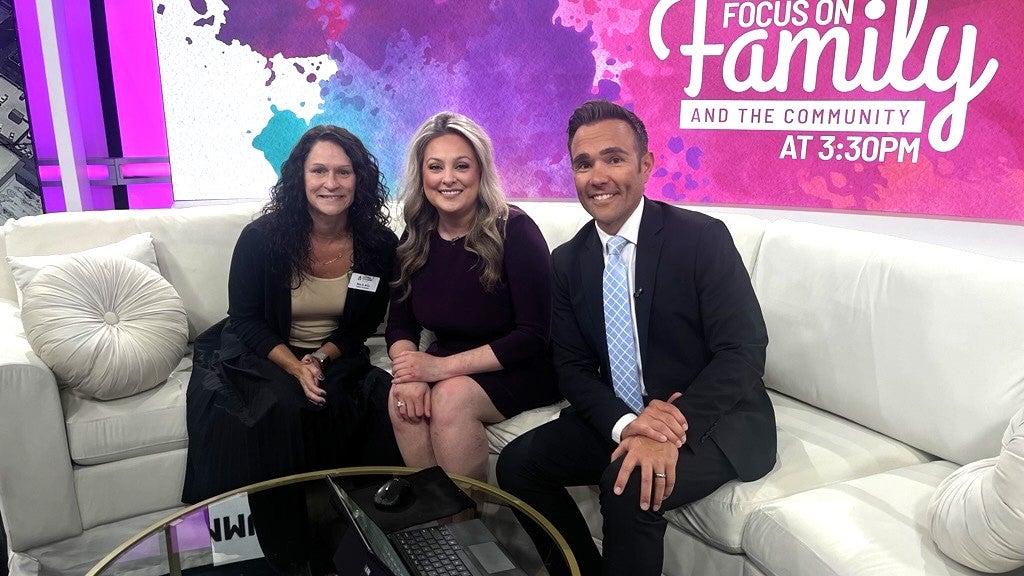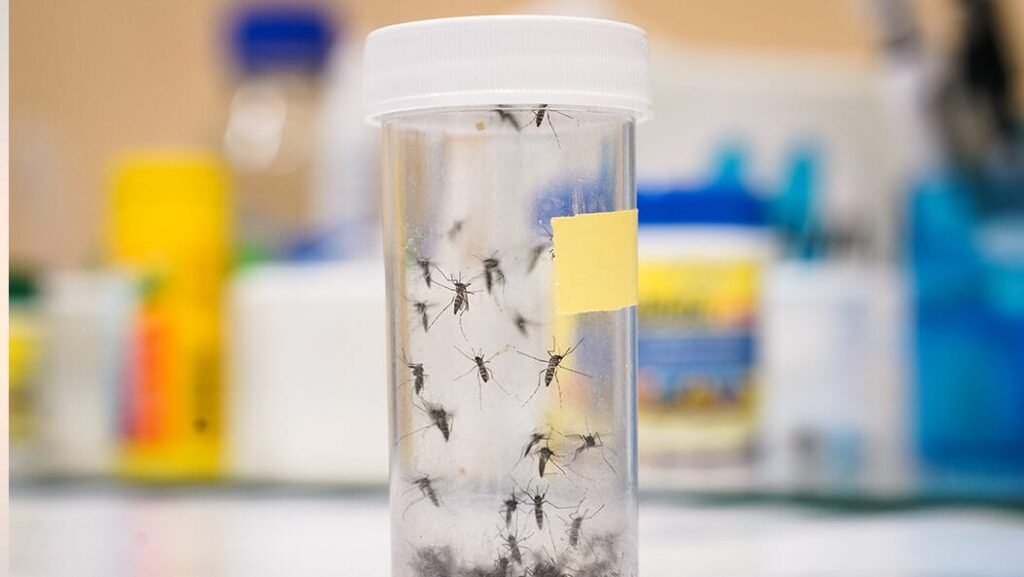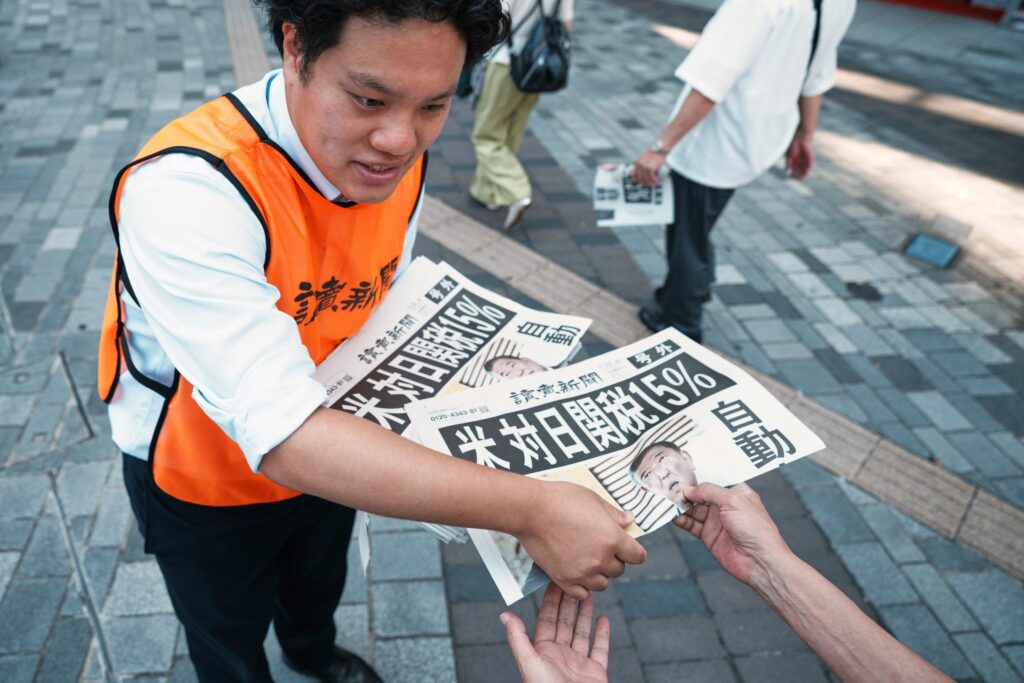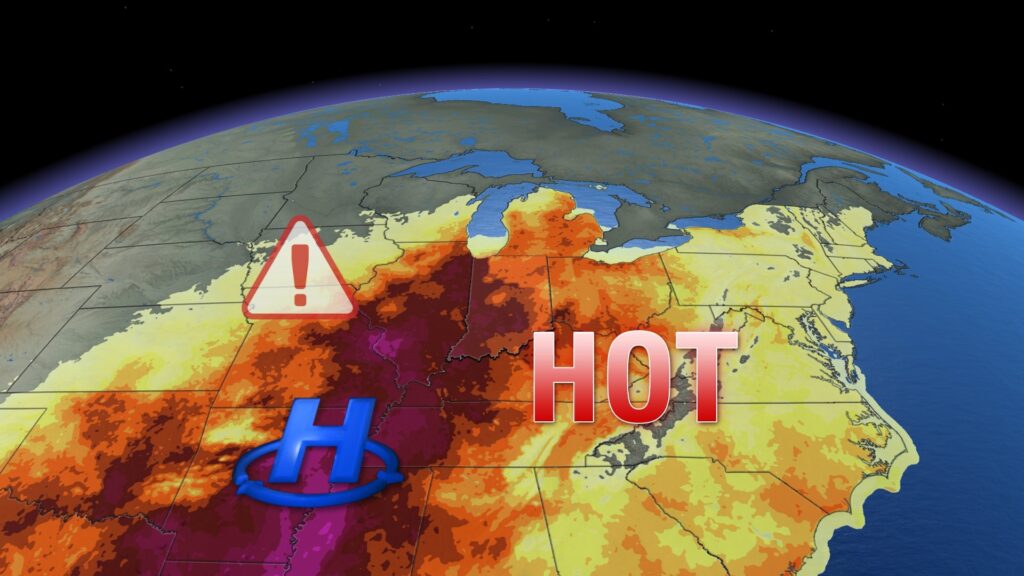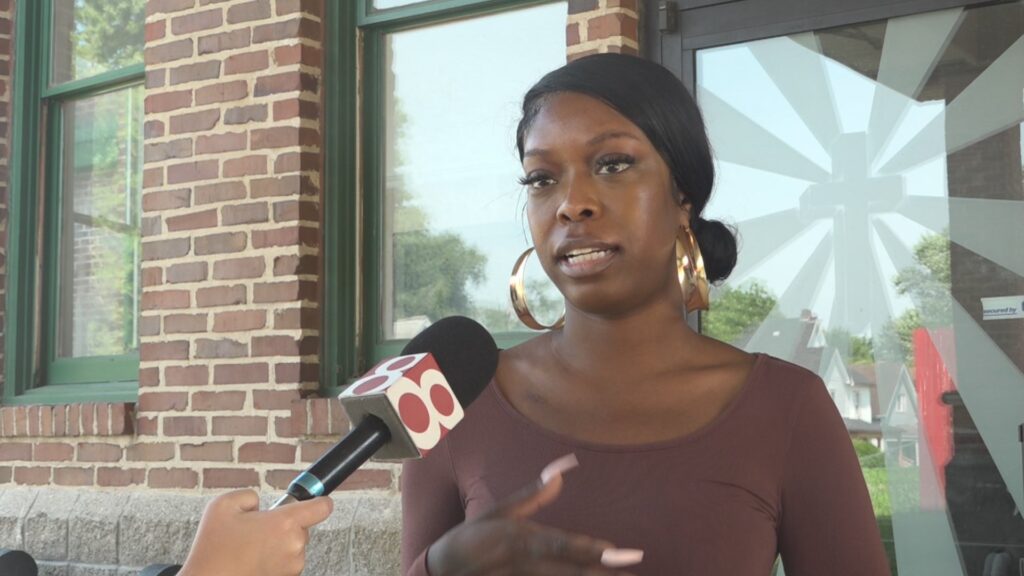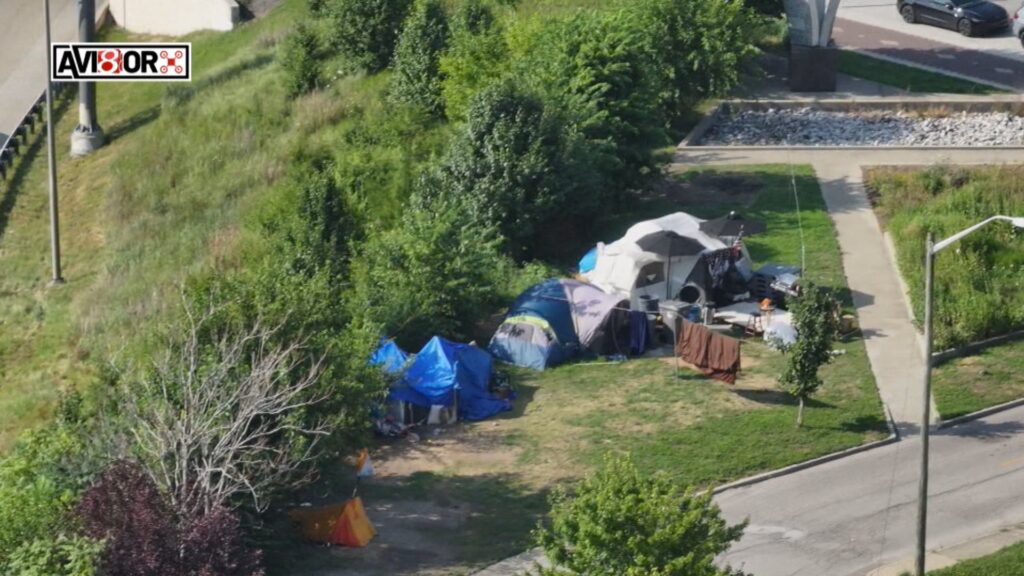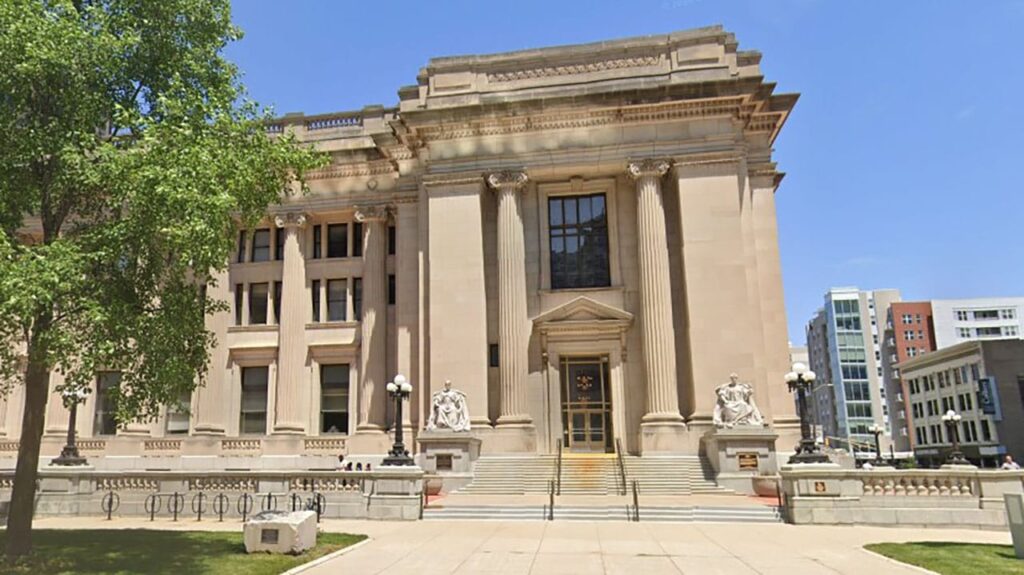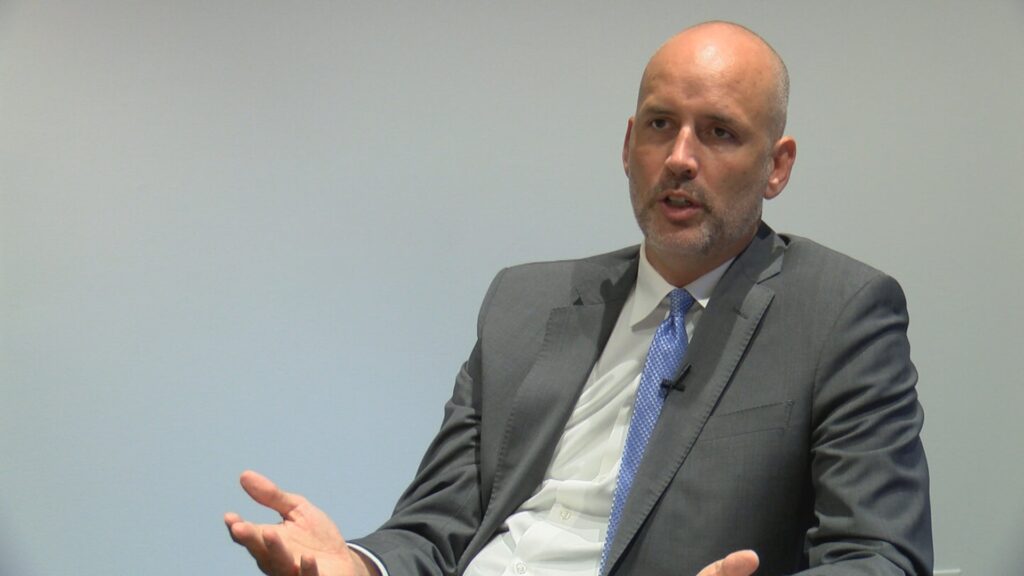Supporting students with chronic health conditions in the classroom
7-22-25 Mary Brunkhart
INDIANAPOLIS (WISH) — As back-to-school season approaches, families are preparing to send their children back to the classroom, but students with chronic health conditions face unique challenges.
Mary Brunkhart, a school counselor with Innovative Hematology, emphasizes the importance of individual health plans and travel letters for students with chronic health conditions.
“Those things will be very beneficial for not just your nursing staff to deal with that chronic condition… but also for our staff to know what accommodations, our teachers to know how to help them in the academia side,” Brunkhart said.
Brunkhart advises parents to collaborate with healthcare providers to create individual health plans and travel letters, which can assist school staff in managing chronic conditions. She notes that 504 plans may not be as protected as they used to be, suggesting that Individualized Education Plans (IEPs) could be beneficial for students with multiple diagnoses.
Innovative Hematology offers support to families navigating the complexities of educational accommodations for children with chronic health conditions. Brunkhart recommends opening lines of communication between parents, teachers, and school staff to address any issues promptly and ensure a supportive environment for students.
Parents are encouraged to utilize local resources and disability services to aid in transitions between school levels, from preschool to college. Brunkhart reassures parents that schools have trained staff and resources to support students, urging them to participate in orientations and familiarize themselves with the school environment.
With proper planning and communication, students with chronic health conditions can have a successful school year, supported by dedicated school staff and resources.

